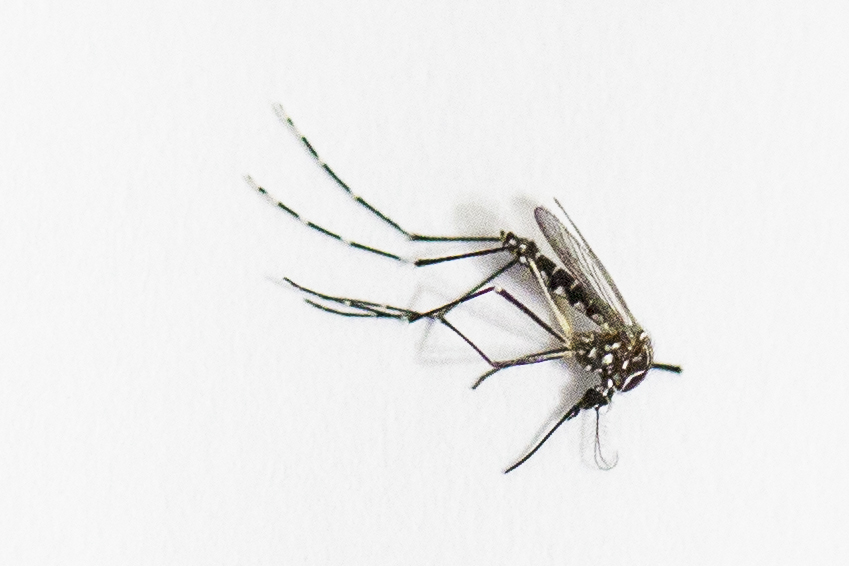
The World Health Organization has declared the Zika virus a public health emergency, and the stories about the links between the virus and microcephaly in newborns, a medical condition in which the heads of newborns are unusually small and the brain does not develop properly, are heartbreaking. The virus has already arrived in the U.S., with Florida and Hawaii declaring state of emergency actions. Some countries have even counseled women to delay getting pregnant for as long as two years.
We already know how this may play out in the U.S.: The weather will get warmer, the mosquito populations that carry Zika will multiply, rates of the virus will spike, we will see the first images of newborns with microcephaly, and a justifiable panic will ensue. But what turns this story from tragedy to outrage is that many of these pregnancies could be accidents, because our health-care system doesn’t make the most effective methods of contraception easily available to women.
In the U.S., nearly half of all pregnancies are unplanned—that’s nearly 3 million accidental pregnancies out of a total 6.1 million pregnancies each year. Many of these unplanned pregnancies will occur when women are using a form of birth control that’s not effective for them.
A popular assumption is that the pill is the most effective method of birth control, as this is the method most prescribed by healthcare practitioners. However, all of the leading health care organizations, including the Centers for Disease Control (CDC) and Prevention, the American College of Obstetricians and Gynecologists, and the American Academy of Pediatrics have published clear guidelines that Long Acting Reversible Contraception (LARCs), such as the new IUDs and the contraceptive implant, are 20 times more effective at preventing pregnancy than the pill, patch or ring. Yet less than 10% of all women of reproductive age use these modern methods of birth control, and fewer than 20% of community health centers, where most low-income women receive their care, offer these methods to their patients.
With the looming threat of Zika, it’s imperative that we tackle the barriers women face regarding access to the newest, most effective forms of contraceptive methods. Medicaid and private insurers must remove all reimbursement barriers so that health centers do not lose money when they offer the most effective contraceptives, and so that they can provide these methods on a same-day basis. Clinicians need training to place and remove IUDs and the implant—far too few have these skills. The non-clinical staff needs training to counsel women properly so they can make informed decisions about the best method of contraception for them. We need a robust public service campaign to increase awareness of these methods and where to get them.
And finally, we must ensure that all women of reproductive age are asked about their pregnancy plans when they visit their healthcare provider for any reason. When facing Zika, questions about pregnancy intention should be included in every healthcare visit, accompanied by education about the potential risks of Zika transmission. If a woman desires to become pregnant, she should be given excellent advice so she has the greatest chance for a healthy pregnancy and baby. But if a woman does not desire to become pregnant in the next year, she deserves access to the full range of contraceptives—including LARCs—right then, during that same visit.
We know this is possible. In our work at Upstream USA training public and private health clinics around the country to offer all methods of contraception same-day, including LARCs, we have documented dramatic increases in the ability of health centers to offer the full range of methods. As a result, many more women are choosing IUDs and implants. More than 99% of patients surveyed at our trained health centers have confirmed that they are making their own decisions about which contraceptive methods are best for them. Coupled with more women being asked about their pregnancy intentions at regular visits, we’re reducing unplanned pregnancy.
If we don’t act, there will be nearly 3 million unplanned pregnancies in the U.S. this year. Introducing Zika into this equation is a recipe for disaster. While we’re working on eradicating mosquitoes carrying the Zika virus, let’s give women the most effective tools to be able to take action for themselves.
More Must-Reads from TIME
- Why Biden Dropped Out
- Ukraine’s Plan to Survive Trump
- The Rise of a New Kind of Parenting Guru
- The Chaos and Commotion of the RNC in Photos
- Why We All Have a Stake in Twisters’ Success
- 8 Eating Habits That Actually Improve Your Sleep
- Welcome to the Noah Lyles Olympics
- Get Our Paris Olympics Newsletter in Your Inbox
Contact us at letters@time.com